Infinity by Journey
Buy Infinity The classic lineup of Journey came together for the album Infinity, released in 1978. Although this was the fourth overall album for the group that had been together since 1973, it […]
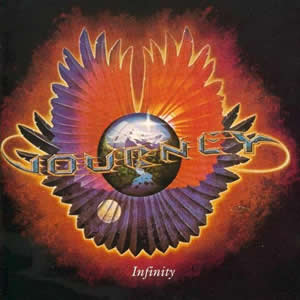
Buy Infinity The classic lineup of Journey came together for the album Infinity, released in 1978. Although this was the fourth overall album for the group that had been together since 1973, it […]
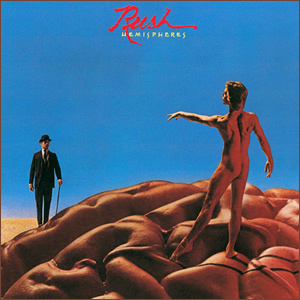
Buy Hemispheres Hemispheres, the sixth studio album by Rush, was the second straight album recorded in the United Kingdom. It also contained the second half of a multi-album concept called “Cygnus X-1”, which […]
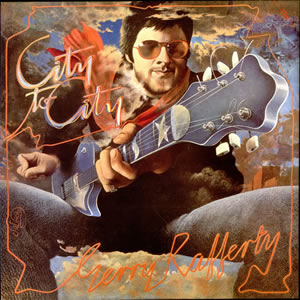
Buy City to City Gerry Rafferty was an artist who really didn’t like fame all that much. In fact, he once walked out on his former band, Stealers Wheel, shortly after they topped […]
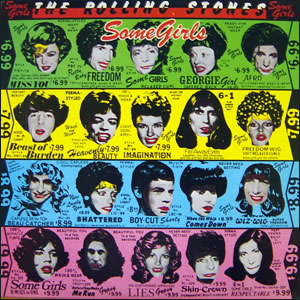
Buy Some Girls Some Girls was a major commercial and critical success for the Rolling Stones in 1978. Here, the classic British rock group incorporated the new genres of disco, punk, along with […]
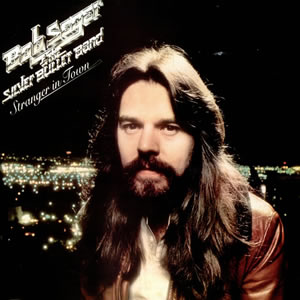
Buy Stranger in Town Bob Seger released his tenth overall album, Stranger In Town, in 1978. It follows the major commercial breakthrough of Night Moves, and expands the practice of using two groups […]
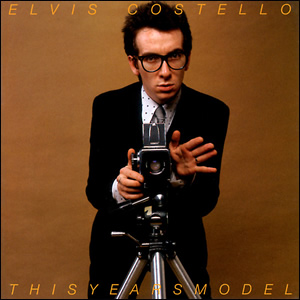
Buy This Year’s Model 1978 was a breakthrough year for Elvis Costello. His second album, This Year’s Model, was released in the Spring featuring his backing band, The Attractions, for the first time. […]
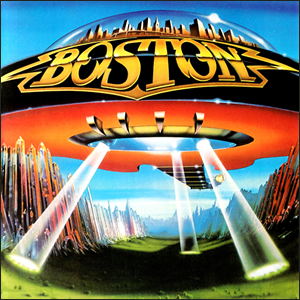
Buy Don’t Look Back Don’t Look Back was the much anticipated second album by Boston. After the unprecedented success of the group’s debut album, the two year wait was considered a long gap between […]
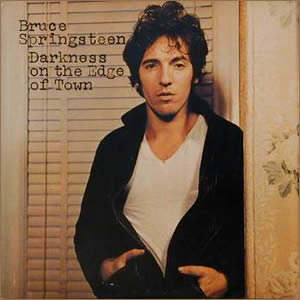
Buy Darkness On the Edge of Town Bruce Springsteen set out to make a rural influenced album with Darkness On the Edge of Town, the long awaited follow-up to his 1975 breakthrough, Born to […]
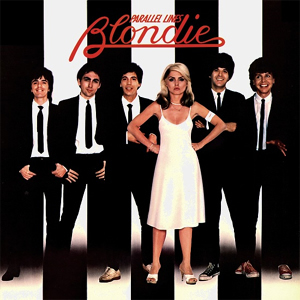
Buy Parallel Lines Blondie has become one of those groups that is often misunderstood on multiple levels. First, this was a band, not a female solo artist with a common nickname. Next, this […]
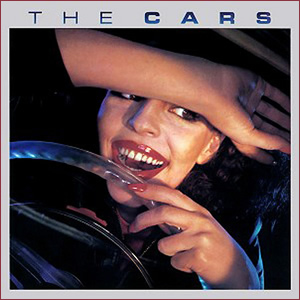
Buy The Cars Quite simply one of the best produced albums of the era, the 1978 self-titled debut album from The Cars was a unique sounding breakthrough which brought the group instant worldwide […]